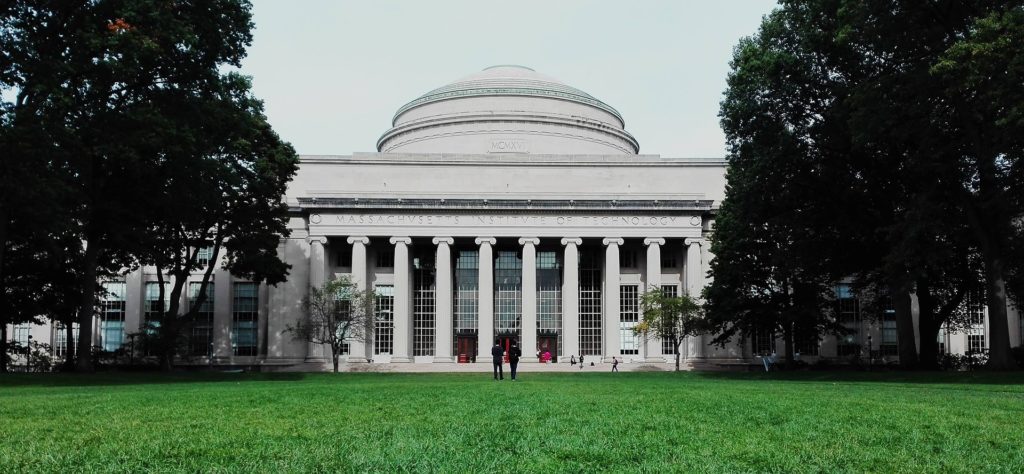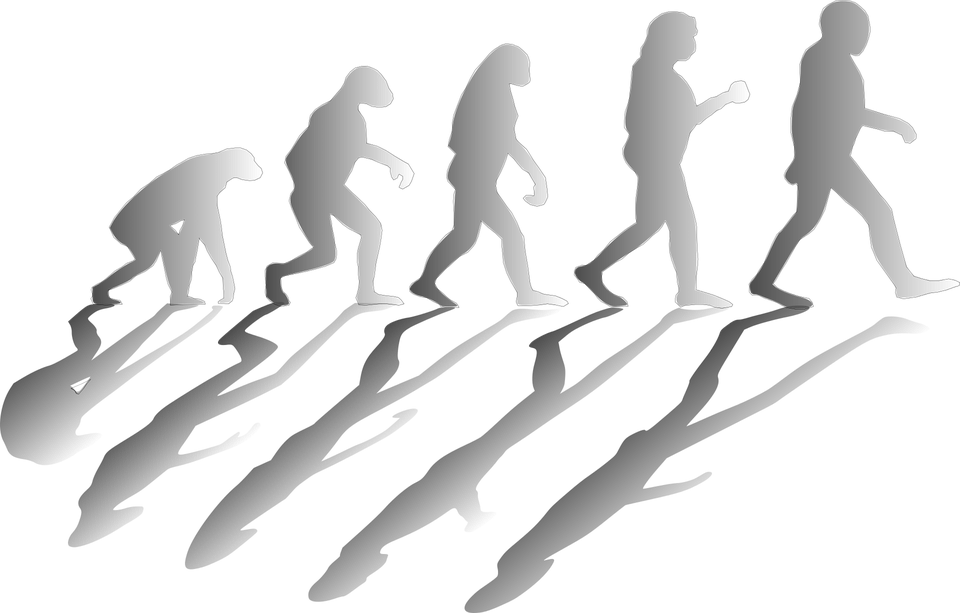
A Greenfield man with autism, who was rejected by the military, takes his fight to serve to the Pentagon.

A Greenfield man with autism, who was rejected by the military, takes his fight to serve to the Pentagon.

Recent research conducted at the University of Haifa found that children with autism improved their road safety skills after practicing with a unique virtual reality system. “Children with autism rarely have opportunities to experience or to learn to cope with day-to-day situations. Using virtual simulations such as the one used in this research enables them to acquire skills that will make it possible for them to become independent,” said Profs. Josman and Weiss, from the Department of Occupational Therapy at the University of Haifa.
The independence of children with autism depends on their receiving treatment in natural settings. One of the main problems they face is their inability to learn how to safely cross the street, a necessary skill for independent living. While acquiring this skill could greatly improve these children’s independence, most of the methods for teaching street-crossing have been designed for use within the classroom, and they have been shown as insufficiently effective among autistic children.
The best way to teach children with autism skills is through repeated practice in natural settings, but the danger of learning to cross the street in a natural setting obviously prohibits this method. This is where virtual reality is very effective, as demonstrated by the research team which included Hadass Milika Ben-Chaim, then a student in the Occupational Therapy master’s program and Shula Friedrich, the principal of the Haifa Ofer School for Children with Autism as well as Profs. Josman and Weiss.
Six autistic children, ages 7-12, spent one month learning how to cross virtual streets, to wait for the virtual light at the crosswalk to change and to look left and right for virtual cars using a simulation programmed by Yuval Naveh. The children in the study showed substantial improvement throughout the learning process: at the beginning of the study, the average child was able to use the 2nd level of the software while by the end they mastered the 9th level, which is characterized by more vehicles traveling at a higher speed.
However, the research team was not looking to teach a virtual skill; they wanted to see if the children were able to transfer the skills they had mastered in a virtual environment to the real world. A local practice area with a street and crosswalk, complete with traffic signals, was used for this purpose. The children’s ability to cross the street safely was tested in this area evaluating, for example, whether they stopped to wait on the sidewalk or waited for a green light before crossing. The children were brought to the practice area before and after their virtual learning. Here too, the children exhibited an improvement in their skills, following the training on the virtual street, with three of the children showing considerable improvement.
One of the study participants, 16 years old, had participated in the past in a road safety program in the school, but he was not able to learn how to cross the street safely. Following learning the skill in a virtual environment, he learned how to stop on the sidewalk before stepping into the street, to look at the color of the traffic light, to cross only when the light was green and to cross without waiting too long.
“Previous studies have shown that autistic children respond well to computer learning. In this research we learned that their intelligence level or severity of their autism doesn’t affect their ability to understand the system and therefore this is an important way to improve their cognitive and social abilities,” summarized Profs. Josman and Weiss.

A missing brain protein may be one of the culprits behind autism and other brain disorders, researchers at MIT’s Picower Institute for Learning and Memory report in the Dec. 6 issue of Neuron.
The protein helps synapses develop. Synapses–through which neurons communicate with one other-underlie our ability to learn and remember. Now Li-Huei Tsai, Picower Professor of Neuroscience at MIT, has uncovered an enzyme that is key to that protein’s activity.
Synapses are complex structures consisting of ion channels, receptors and intricate protein complexes that all work together to send and receive signals. Improperly formed synapses could lead to mental retardation, and mutations in genes encoding certain synaptic proteins are associated with autism.
Tsai studies a kinase (kinases are enzymes that change proteins) called Cdk5. While Cdk5’s best-known role is to help new neurons form and migrate to their correct positions during brain development, “emerging evidence supports an important role for Cdk5 at the synapse,” she said.
To gain a better understanding of how Cdk5 promotes synapse formation, Tsai’s lab looked into how Cdk5 interacts with synapse-inducing proteins-in particular, a protein called CASK. CASK–a key scaffolding protein-is one of the first proteins on the scene of a developing synapse.
Scaffolding proteins such as CASK are like site managers, supporting protein-to-protein interactions to ensure that the resulting architecture is sound. Mutations in the genes responsible for Cdk5 and CASK have been found in mental retardation patients.
“We found that Cdk5 is critical for recruiting CASK to do its job for developing synapses,” Tsai said. “Without Cdk5, CASK was not in the right place at the right time, and failed to interact with essential presynaptic components. This, in turn, led to problems with calcium influx.” The flow of calcium in and out of neurons affects processes central to nervous system development and plasticity–its ability to change in response to experience.
Gene mutations and/or deletions in synaptic cell surface proteins and molecules called neurexins and neuroligins have been associated with autism. The problem with CASK recruitment investigated by the Tsai laboratory creates the same result as these genetic changes.
The Picower study also provides the first molecular explanation of how Cdk5, which also may go awry in neurodegenerative diseases such as Alzheimer’s, promotes synapse development.
“There are still a lot of unknowns,” said Tsai, who is also a Howard Hughes Medical Institute investigator. “Causes for psychiatric disorders are still very unclear, but accumulating evidence strongly suggests that alterations in the synaptogenesis program can lead to these serious diseases.”

A Kansas State University graduate student is creating a schoolyard that can become a therapeutic landscape for children with autism.
Chelsey King, master’s student in landscape architecture, St. Peters, Mo., is working with Katie Kingery-Page, assistant professor of landscape architecture, to envision a place where elementary school children with autism could feel comfortable and included.
“My main goal was to provide different opportunities for children with autism to be able to interact in their environment without being segregated from the rest of the school,” King said. “I didn’t want that separation to occur.”
The schoolyard can be an inviting place for children with autism, King said, if it provides several aspects: clear boundaries, a variety of activities and activity level spaces, places where the child can go when overstimulated, opportunities for a variety of sensory input without being overwhelming and a variety of ways to foster communication between peers.
“The biggest issue with traditional schoolyards is that they are completely open but also busy and crowded in specific areas,” King said. “This can be too overstimulating for a person with autism.”
King researched ways that she could create an environment where children with autism would be able to interact with their surroundings and their peers, but where they could also get away from overstimulation until they felt more comfortable and could re-enter the activities.
“Through this research, I was able to determine that therapies and activities geared toward sensory stimulation, cognitive development, communication skills, and fine and gross motor skills — which traditionally occur in a classroom setting — could be integrated into the schoolyard,” King said.
King designed her schoolyard with both traditional aspects — such as a central play area — and additional elements that would appeal to children with autism, including:
King created different signs and pictures boards around these schoolyard elements, so that it was easier for children and teachers to communicate about activities. She also designed a series of small hills around the central play areas so that children with autism could have a place to escape and watch the action around them.
“It is important to make the children feel included in the schoolyard without being overwhelmed,” King said. “It helps if they have a place — such as a hill or an alcove — where they can step away from it and then rejoin the activity when they are ready.
King and Kingery-Page see the benefits of this type of schoolyard as an enriching learning environment for all children because it involves building sensory experience and communication.
“Most children spend seven to nine hours per weekday in school settings,” Kingery-Page said. “Designing schoolyards that are educational, richly experiential, with potentially restorative nature contact for children should be a community concern.”
The researchers collaborated with Jessica Wilkinson, a special education teacher who works with children with autism. King designed her schoolyard around Amanda Arnold Elementary School, which is the Manhattan school district’s magnet school for children with autism.
“Although there are no current plans to construct the schoolyard, designing for a real school allowed Chelsey to test principles synthesized from literature against the actual needs of an educational facility,” Kingery-Page said. “Chelsey’s interaction with the school autism coordinator and school principal has grounded her research in the daily challenges of elementary education for students with autism.”

A recently evolved pattern of gene activity in the language and decision-making centers of the human brain is missing in a disorder associated with autism and learning disabilities, a new study by Yale University researchers shows.
“This is the cost of being human,” said Nenad Sestan, associate professor of neurobiology, researcher at Yale’s Kavli Institute for Neuroscience, and senior author of the paper. “The same evolutionary mechanisms that may have gifted our species with amazing cognitive abilities have also made us more susceptible to psychiatric disorders such as autism.”
The findings are reported in the May 11 issue of the journal Cell.
In the Cell paper, Kenneth Kwan, the lead author, and other members of the Sestan laboratory identified the evolutionary changes that led the NOS1 gene to become active specifically in the parts of the developing human brain that form the adult centers for speech and language and decision-making. This pattern of NOS1 activity is controlled by a protein called FMRP and is missing in Fragile X syndrome, a disorder caused by a genetic defect on the X chromosome that disrupts FMRP production. Fragile X syndrome, the leading inherited form of intellectual disability, is also the most common single-gene cause of autism. The loss of NOS1 activity may contribute to some of the many cognitive deficits suffered by those with Fragile X syndrome, such as lower IQ, attention deficits, and speech and language delays, the authors say.
The pattern of NOS1 activity in these brain centers does not occur in the developing mouse brain — suggesting that it is a more recent evolutionary adaptation possibly involved in the wiring of neural circuits important for higher cognitive abilities. The findings of the Cell paper support this hypothesis. The study also provides insights into how genetic deficits in early development, a time when brain circuits are formed, can lead to disorders such as autism, in which symptoms appear after birth.
“This is an example of where the function of genetic changes that likely drove aspects of human brain evolution was disrupted in disease, possibly reverting some of our newly acquired cognitive abilities and thus contributing to a psychiatric outcome,” Kwan said.